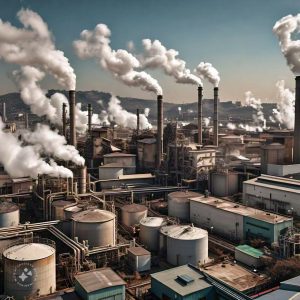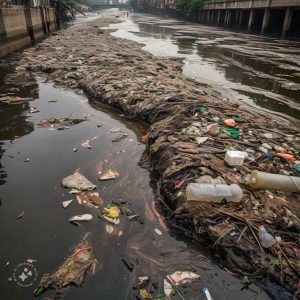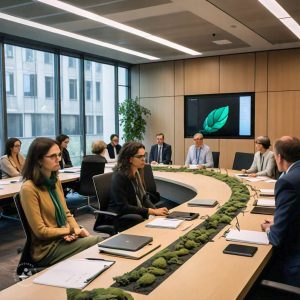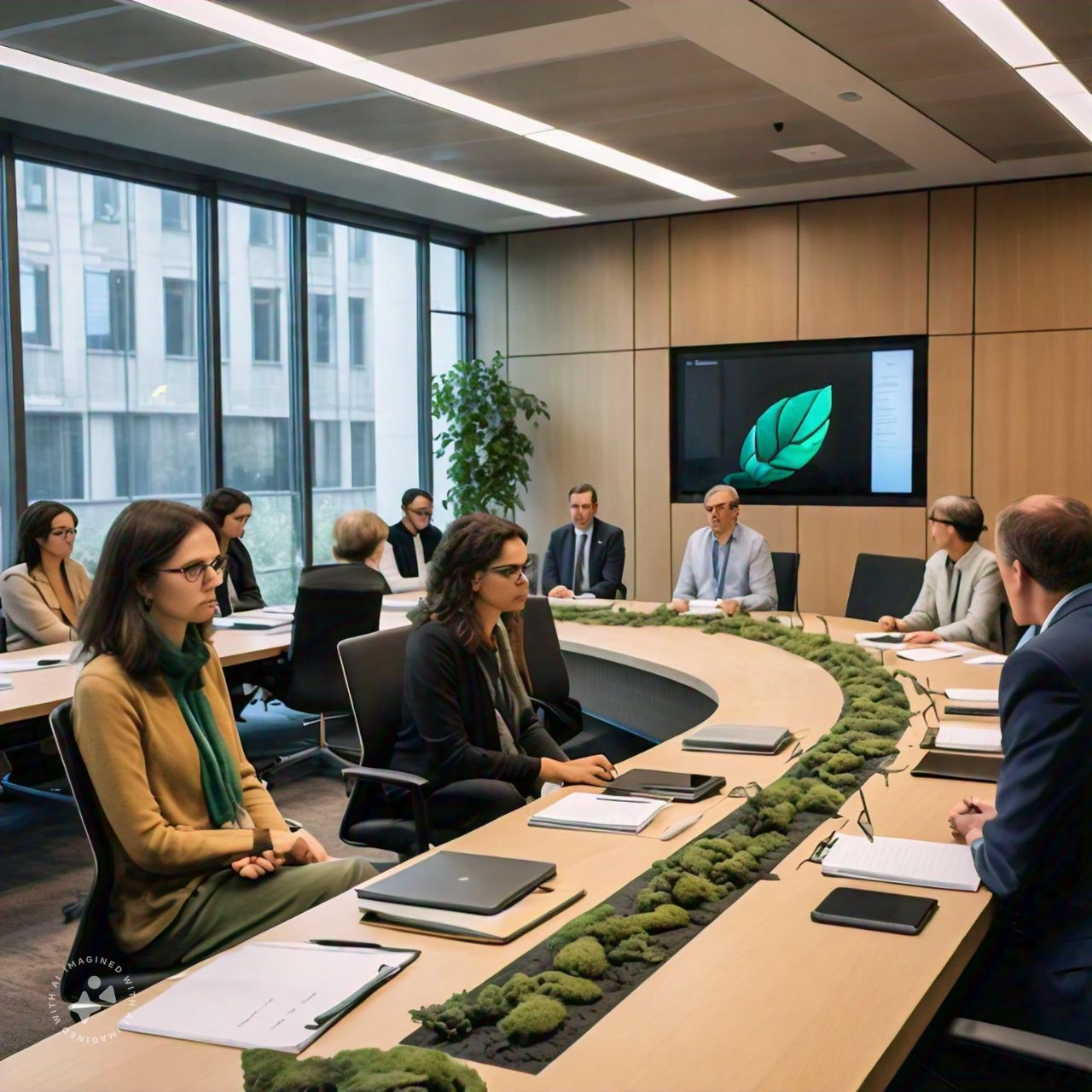Introduction
Air and water pollution are two sides of the same coin, both devastating in their own right. Air pollution refers to harmful substances like gases, particulates, and biological molecules being released into the atmosphere. Water pollution, on the other hand, occurs when toxic chemicals and other harmful pollutants enter water bodies, making them unsafe for use.
Both types of pollution are primarily driven by human activities such as industrialization, deforestation, and urbanization, leading to a host of environmental and health issues. But hope is not lost! By understanding these pollutants and how they spread, we can work towards making meaningful changes.
2. Causes of Air Pollution
Air pollution stems from various natural and man-made sources. Some common sources include:
- Industrial Emissions: Factories and power plants burn fossil fuels, releasing large amounts of pollutants like sulfur dioxide (SO2) and nitrogen oxides (NOx).
- Vehicle Emissions: Transportation remains a significant contributor to air pollution due to the burning of gasoline and diesel.
- Agricultural Activities: Pesticides, fertilizers, and livestock production emit harmful gases like ammonia (NH3).
- Natural Causes: Volcanic eruptions, forest fires, and dust storms also release pollutants into the air.

3. Effects of Air Pollution
Air pollution has widespread impacts on both the environment and human health. Here are some key effects:
- Health Issues: Air pollution is linked to respiratory diseases such as asthma, bronchitis, and lung cancer. Prolonged exposure can lead to heart diseases and even premature death.
- Global Warming: The emission of greenhouse gases like carbon dioxide (CO2) contributes to the Earth’s rising temperatures, causing climate change.
- Acid Rain: Pollutants like sulfur dioxide and nitrogen oxides can cause acid rain, which harms soil, water sources, and vegetation.
- Ecosystem Damage: Air pollution harms wildlife by contaminating the ecosystems they depend on for survival.
4. Solutions to Air Pollution
Although air pollution is a severe problem, there are several ways to mitigate its effects. Some solutions include:
- Adopting Clean Energy: Switching to renewable energy sources like solar and wind can reduce the need for fossil fuels.
- Promoting Public Transportation: Encouraging the use of public transportation, carpooling, and cycling can significantly reduce vehicle emissions.
- Planting Trees: Reforestation and afforestation efforts help absorb carbon dioxide and release oxygen, improving air quality.
- Regulation and Policy: Governments can enforce stricter regulations on industries and vehicles to reduce emissions.
5. Causes of Water Pollution
Like air pollution, water pollution is driven by several human activities. Some of the main contributors include:
- Industrial Waste: Factories often discharge toxic chemicals and heavy metals directly into rivers and oceans.
- Agricultural Runoff: Pesticides, fertilizers, and animal waste from farms contaminate water sources, leading to eutrophication and other harmful effects.
- Plastic Waste: Plastics, especially microplastics, enter water bodies and harm marine life.
- Sewage and Wastewater: Untreated sewage and wastewater from homes and industries introduce pathogens and toxins into water systems.

6. Effects of Water Pollution
The consequences of water pollution are vast and detrimental to ecosystems and human communities. Some notable effects are:
- Health Hazards: Contaminated water can cause diseases like cholera, dysentery, and typhoid fever. Consuming polluted water leads to long-term health complications.
- Loss of Aquatic Life: Polluted water bodies lead to a decrease in oxygen levels, killing fish and other aquatic organisms.
- Eutrophication: Excess nutrients from agricultural runoff cause excessive algae growth, which depletes oxygen in the water and creates dead zones.
- Disruption of Food Chains: Toxins like mercury and lead can accumulate in fish and shellfish, which are consumed by humans and other animals, disrupting entire food chains.
7. Solutions to Water Pollution
There are several ways to prevent and reduce water pollution:
- Wastewater Treatment: Treating wastewater before it’s released into water bodies can remove harmful contaminants.
- Plastic Waste Management: Reducing plastic consumption and improving recycling efforts can limit the amount of plastic entering oceans and rivers.
- Organic Farming: Reducing the use of chemical fertilizers and pesticides in agriculture can help prevent runoff into water sources.
- Public Awareness Campaigns: Educating people about the harmful effects of water pollution can inspire changes in behavior, such as reducing plastic usage and properly disposing of waste.
8. The Role of Government and Policy
Governments play a crucial role in combating air and water pollution. Through policies, regulations, and global cooperation, pollution can be controlled more effectively. International agreements like the Paris Agreement focus on reducing greenhouse gas emissions, while national regulations set limits on pollutant levels in both air and water.
Governments can also incentivize businesses to adopt cleaner technologies and enforce fines for industries that pollute excessively. At the same time, investment in renewable energy and infrastructure that supports recycling and waste management can significantly reduce pollution levels.

9. How Individuals Can Help
Individuals have a vital role in reducing pollution. Simple actions like reducing energy consumption, using public transport, avoiding single-use plastics, and participating in local clean-up drives can make a significant difference. Together, we can raise awareness, demand better policies from our governments, and promote environmental sustainability.
10. Conclusion
Air and water pollution are critical issues that affect all of us, but there is hope. With global cooperation, stricter policies, the adoption of sustainable practices, and active participation from individuals, we can reduce pollution levels and protect the environment for future generations. By making conscious efforts today, we are securing a cleaner and healthier planet tomorrow.

